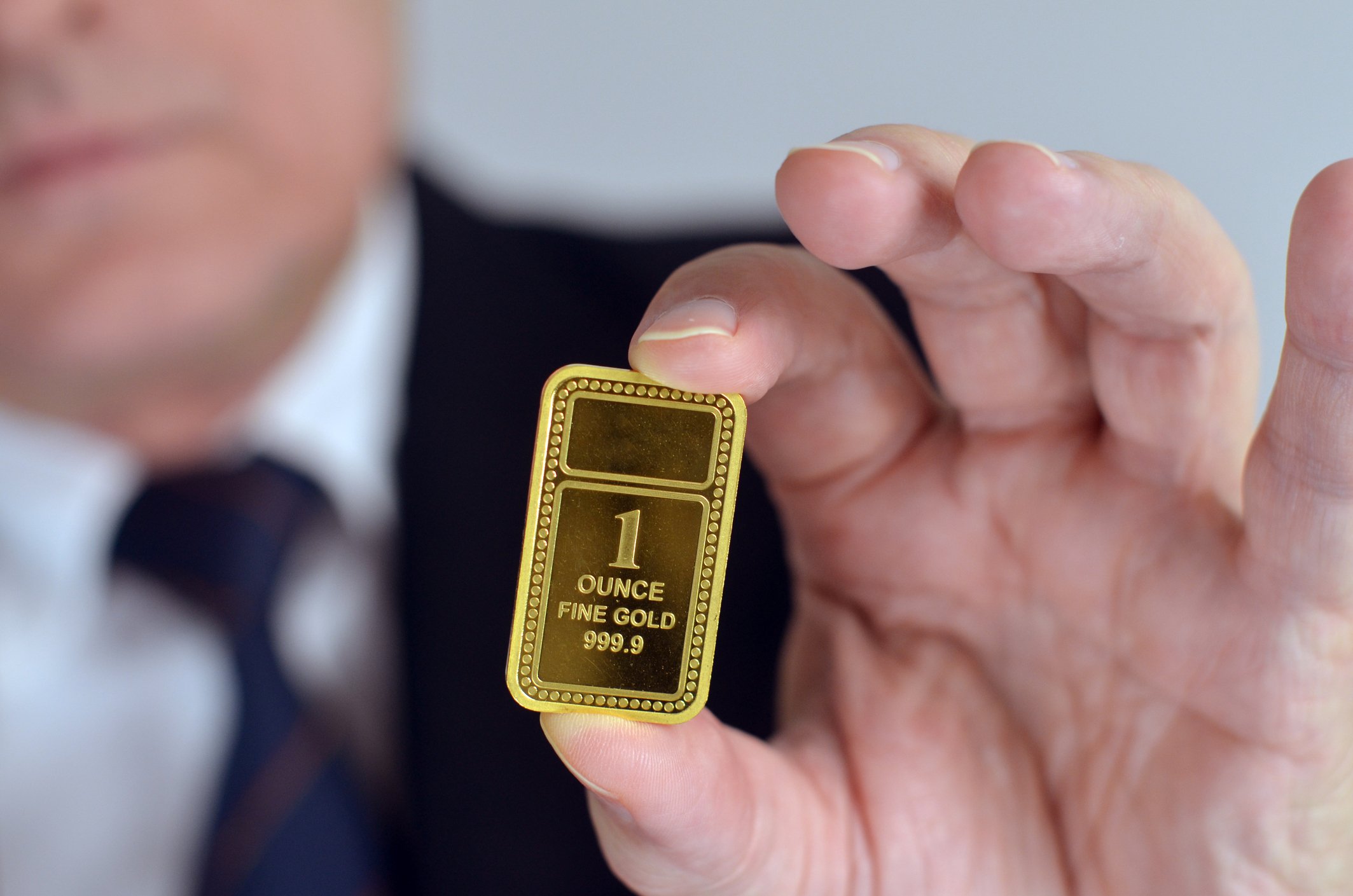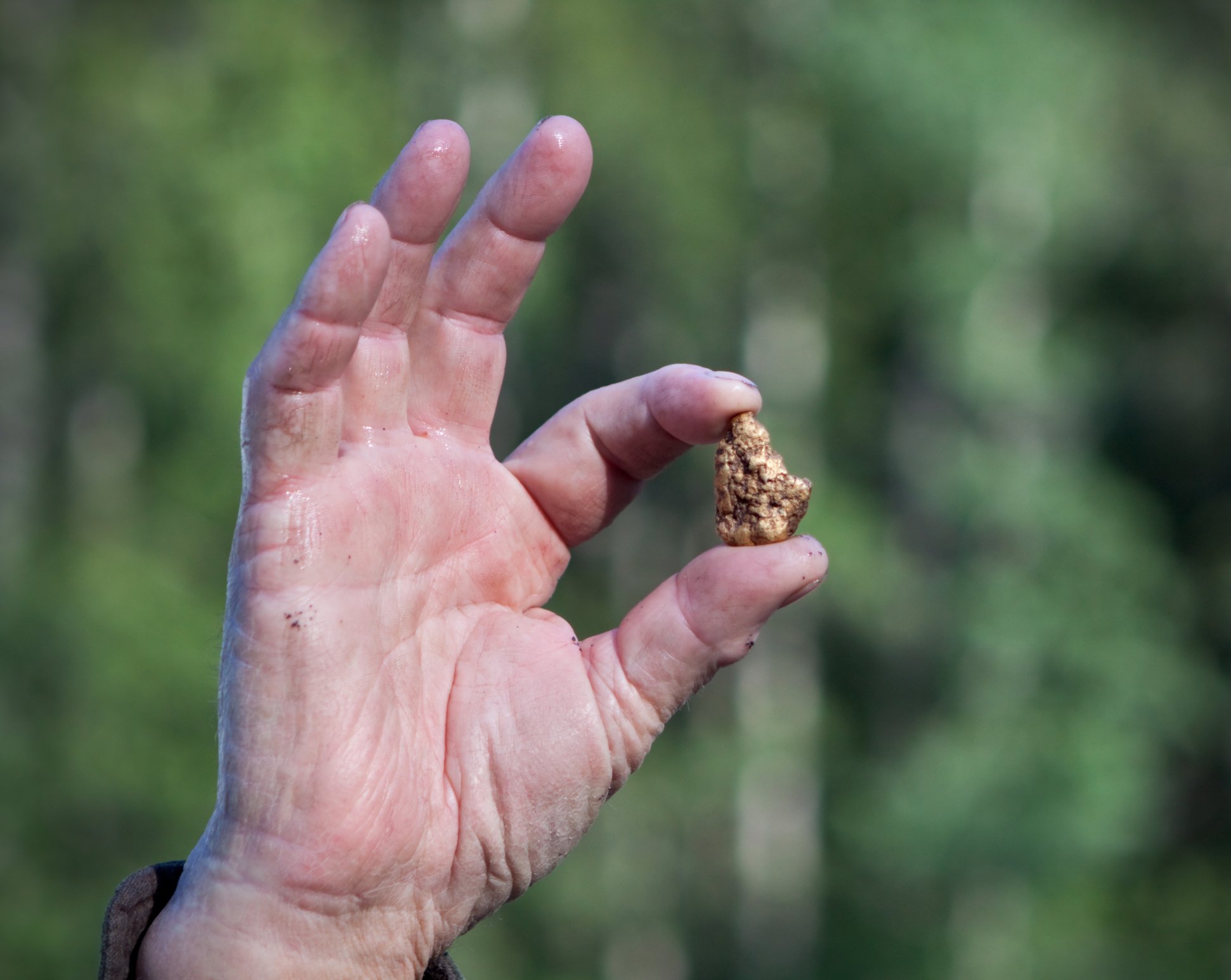Royal Gold, Inc. (RGLD +1.77%) is a precious metals company, but it's not your typical gold and silver miner. Here are four things you might not have known about it, and why it might be one of the best investments for dividend investors in the gold and silver industry.
1. Streaming, not mining
This is the single most important fact to understand about Royal Gold: It's not a miner. Royal Gold is a streaming and royalty company. That means it gives money up front to miners for the right to buy silver and gold at reduced rates in the future. To give you an idea of what that means, Royal Gold gave Barrick Gold (ABX +1.79%) $610 million in 2015 for the right to buy gold and silver from Barrick's Pueblo Viejo mine in the Dominican Republic.

Image source: Getty Images.
For that up-front cash payment, Barrick agreed to sell Royal Gold gold and silver for 30% of the spot price up to certain production levels and then 60% thereafter. That, effectively, locks in below-market prices for Royal Gold. And Royal Gold never has to get its hands dirty operating the mine.
2. ...but it benefits miners
Why would Barrick gold make a deal like that? In 2015, Barrick and most other miners were struggling financially because of low commodity prices and heavy debt loads. It needed cash to shore up its balance sheet. Royal Gold was happy to oblige.
Equally important, because Barrick's stock price was low at the time, it was undesirable for the miner to sell stock. It was equally undesirable to issue bonds, which would have likely required relatively high interest rates. Banks were reluctant to lend to miners at the time, too. So, partnering with Royal Gold was a pretty good option at the time. Which helps explain why Royal Gold can ink such desirable deals -- it really is a win-win situation.
Other reasons that miners might come to Royal Gold, or competitors like Silver Wheaton (SLW +2.05%) and Franco-Nevada, include mine expansion projects or early stage new mine development costs. But the big picture here is that Royal Gold and its streaming peers are an important alternative source of funding that can benefit miners just as much as their own shareholders.
3. Dividends that really grow
With that backdrop, another important fact to know about Royal Gold is that it has increased its dividend for 16 consecutive years. That includes right through the commodity downturn that started in 2011. That dividend consistency is unique in the precious metals industry and is really built off the low-cost nature of the streaming model. And what this means is that dividend investors can add gold and silver to their portfolios without having to worry about the income impact of the often volatile price of precious metals.

Royal Gold's dividend has gone up year in and year out. Image source: Royal Gold, Inc.
That's a nice thing if you're looking for income consistency. The alternatives? Newmont (NEM +3.54%) has linked its dividend to the price of gold. And streaming competitor Silver Wheaton's dividend policy is to pay out 20% of the cash generated by operating activities over the trailing 12 months. Neither offers up much in the way of a steady dividend, though. And while Royal Gold's model is really just leaving the dividend decision up to the board of directors, like most companies do, the board has proven that slow and steady growth is their goal.
4. Good even when times are bad
The Barrick gold deal hinted at this important fact, but it's worth its own bullet point: Bad times can be good for Royal Gold's future. To be clear, weak gold and silver prices will hamper Royal Gold's top and bottom lines. There's no way around that. However, it creates an environment in which miners are in need of cash and may have few good alternatives for getting it.

Barrick Gold's production fell during the commodity downturn, while Royal Gold's production was growing. Image source: Barrick Gold.
So when times are bad in the precious metals market, Royal Gold can step in and increase its production by inking streaming deals like the Barrick agreement mentioned above. To give you a number on that, Royal Gold increased its production a massive 35% in fiscal 2016. That was basically the tail end of the precious metals downturn. A time when some miners, including Barrick Gold, were actually trimming production in an effort to reduce costs. To put this vital point another way, Royal Gold actually got stronger during the precious metals downturn.
Nothing is perfect, but...
Investors looking for precious metals exposure have to deal with the very real impact of the commodities' tendency for extreme price swings. That can make it hard to sleep at night, particularly if you are a fan of consistent dividends. However, Royal Gold's business model and impressive dividend history changes the typical equation to some degree. And once you understand the dynamics here, you might just find that Royal Gold can play an important role in your dividend portfolio.









